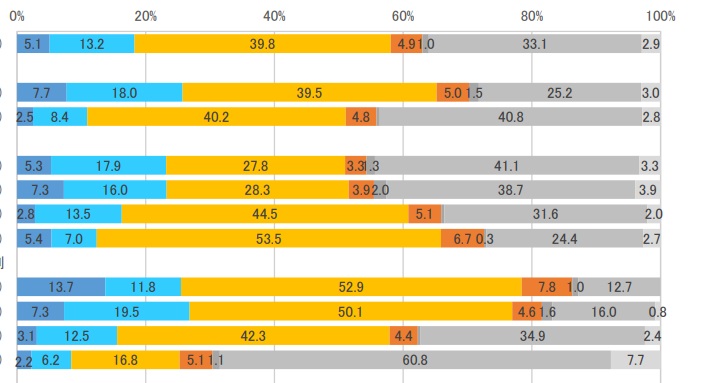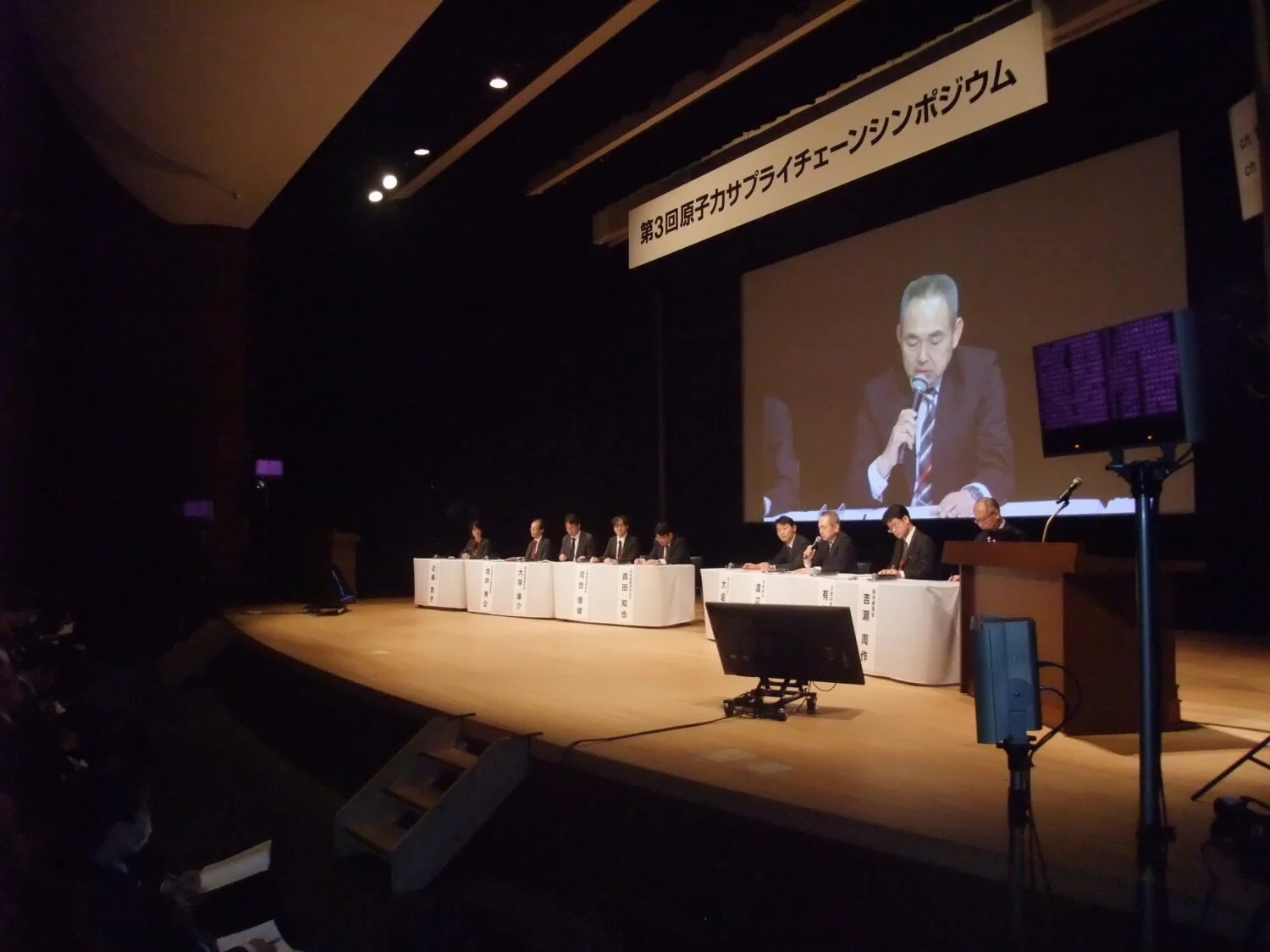On November 19, the Japan Business Federation (Keidanren) released the FY18 results (preliminary figures) of the Commitment to a Low-carbon Society plan, with all sixty-two industrial categories in the country participating.
Total CO2 emissions in Japan fell 9.9 percent in the five-year period that started in FY13 (beginning in April 2013), the benchmark year for Japan’s greenhouse gas emission targets for FY30 as specified in its draft commitment to the United Nations.
The action plan is a voluntary activity promoted by the country’s industrial sector to contribute to international long-term global warming measures via four pillars, as follows:
- Reducing emissions stemming from domestic business operations.
- Strengthening cooperation with other interested groups.
- Promoting contributions at the international level.
- Developing innovative technologies.
The annual follow-up results of the plan have been referred for discussion to a government council.
The year-on-year reduction of CO2 emissions in FY18 (April 2018 to March 2019), as broken down by sector, was as follows:
- 2.5 percent in the industrial sector (manufacturing, construction, etc.).
- 9.3 percent in the energy conversion sector (electric power, oil, etc.).
- 6.5 percent in the business sector (telecommunications, financing, etc.).
- 16.0 percent in the transport sector.
Low-carbon energy activities in each sector produced favorable results in terms of reduced CO2 emissions. Those included the restart of several nuclear power plants (NPPs), the use of renewable energies, and the introduction of highly-efficient thermal power generation facilities.
In FY18, a total of four NPPs—namely, Ohi-3 and -4, owned and operated by the Kansai Electric Power Co., and Genkai-3 and -4, owned and operated by the Kyushu Electric Power Co., —cleared the Nuclear Regulation Authority’s safety examinations on compliance with the new regulatory standards, thereby resuming commercial operation .
This time, the results of activities in fifty-seven industrial categories toward lower CO2 emissions were formulated as preliminary figures. Under the Keidanren’s Action Plan, thirty-seven of those categories have already reached Phase I targets for FY20, with another twenty-three reaching Phase II targets for FY30. Some are reviewing and considering higher targets.
The release has drawn attention to activities by energy-intensive industries to refrain from fuel consumption by recovering and utilizing exhaust heat and by-product gas. For example, some 11.2 percent of the electric power used by the domestic cement industry was generated by exhaust heat in FY18, while the domestic steel industry is aiming to utilize byproduct energy generated in its production processes. Both efforts contribute greatly to saving energy and reducing CO2 emissions.
The Japan Iron and Steel Federation reported an estimated reduction of about 6,800,000 tons of CO2 per year through the use of recovered steam for power generation.





-1.png)






